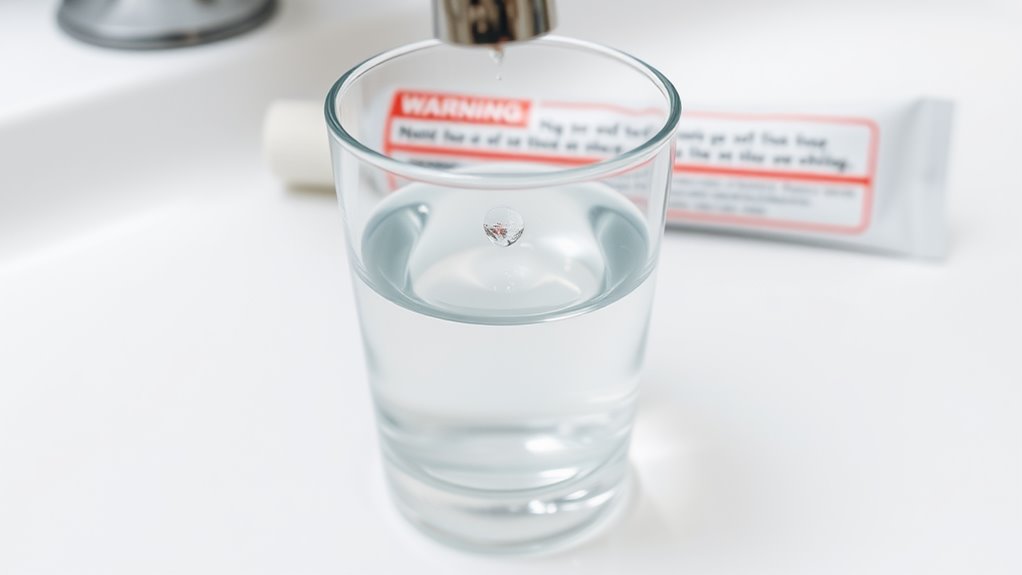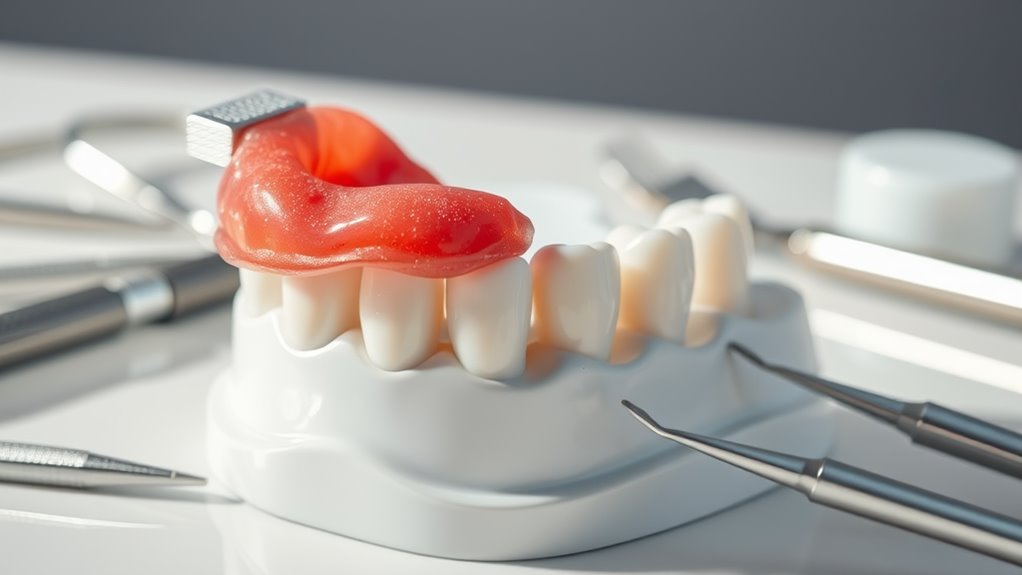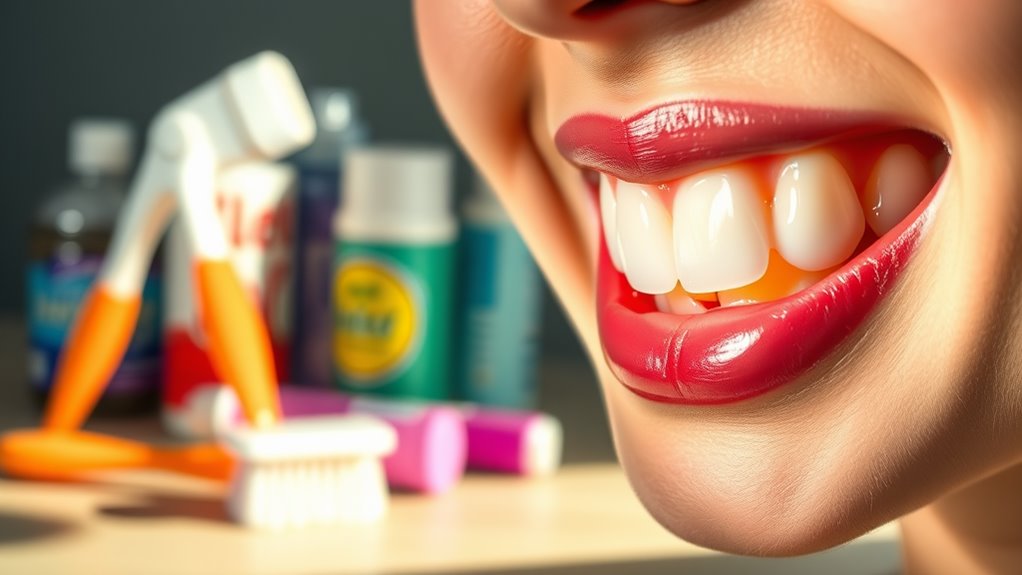The Fluoride Debate- Are You Slowly Poisoning Yourself.
While fluoride offers proven dental health benefits by reducing cavities up to 40%, you’re exposed to it through multiple sources beyond just tap water. Your daily intake comes from tea, processed foods, dental products, and even cookware. Though studies show mixed results about health risks, excessive fluoride exposure may affect your thyroid, bones, and cognitive function. Understanding your total fluoride exposure can help you make more informed choices for your health.
The History of Water Fluoridation: A Public Health Initiative
Although skeptics initially questioned the practice, water fluoridation emerged in the 1940s as one of public health’s greatest achievements.
You might be surprised to learn that it all began in Grand Rapids, Michigan, where scientists first discovered that communities with naturally fluoridated water had fewer cavities. This observation led to the first controlled water fluoridation program in 1945.
As you drink tap water today, you’re benefiting from decades of research that proved fluoride’s effectiveness in preventing tooth decay.
The Centers for Disease Control and Prevention reports that fluoridation has reduced cavities by about 25% in both children and adults.
Understanding Fluoride’s Effects on Dental Health
While the history of fluoridation tells a story of public health innovation, the science behind its dental benefits reveals why it’s become so valuable. When you consume fluoride, it strengthens your tooth enamel by promoting remineralization and making your teeth more resistant to acid attacks from bacteria.
| Effect | Impact on Your Teeth |
|---|---|
| Remineralization | Rebuilds weakened enamel |
| Bacterial Resistance | Reduces harmful acid production |
| Crystal Formation | Creates stronger tooth structure |
| Cavity Prevention | Decreases decay by up to 40% |
You’ll find that fluoride works most effectively during childhood tooth development, but it continues to protect your teeth throughout adulthood. Regular exposure through water, toothpaste, and dental treatments helps maintain optimal dental health and prevents costly dental procedures.
Scientific Research on Fluoride’s Health Risks
Research into fluoride’s potential health risks has produced mixed findings across multiple studies.
You’ll find evidence suggesting that excessive fluoride exposure may affect your thyroid function, bone density, and cognitive development in children. Several studies have linked high fluoride intake to dental fluorosis – a condition causing tooth discoloration.
While most research confirms fluoride’s safety at recommended levels, you should know that some studies indicate possible risks at higher doses.
Scientists have observed that fluoride can accumulate in your bones over time, and recent investigations raise questions about its impact on brain development.
However, you’ll need to consider that many of these studies examined fluoride levels far exceeding what you’d typically encounter through drinking water or dental products.
Sources of Fluoride Beyond Drinking Water
Beyond drinking water, fluoride enters your daily life through numerous sources you might not expect. You’ll find it in everyday products and foods, often in surprising concentrations that can add up quickly over time.
| Source | Fluoride Level |
|---|---|
| Green/Black Tea | High |
| Processed Foods | Medium-High |
| Dental Products | Very High |
| Pesticide Residue | Low-Medium |
Your morning routine alone might expose you to significant fluoride levels through toothpaste and mouthwash. Many common foods contain fluoride from processing water or agricultural practices. If you’re a tea drinker, you’re getting an extra dose since tea plants naturally accumulate fluoride from soil. Even the non-stick coating on your cookware can release trace amounts of fluoride when heated at high temperatures.
Natural Alternatives for Dental Care
Looking for fluoride-free options to maintain your dental health? Nature offers several effective alternatives that can help you protect your teeth and gums without synthetic chemicals.
You’ll find these solutions are both accessible and affordable.
-
Oil pulling with coconut or sesame oil can reduce harmful bacteria and protect your tooth enamel.
-
Neem bark extract serves as a natural antibacterial agent while promoting healthy gums.
-
Green tea contains polyphenols that fight cavity-causing bacteria and freshen breath.
-
Xylitol, a natural sugar alcohol found in birch trees, prevents bacteria from sticking to teeth.
These natural alternatives work with your body’s chemistry to create a balanced oral environment.
Making Informed Choices About Fluoride Exposure
When it comes to fluoride exposure, understanding your daily sources helps you make better decisions about your dental care routine. You’ll find fluoride in tap water, dental products, and processed foods. By tracking your exposure, you can better control your total fluoride intake.
| Source | Fluoride Level | Control Method |
|---|---|---|
| Tap Water | 0.7-1.2 ppm | Use filter/spring water |
| Toothpaste | 1000-1500 ppm | Choose fluoride-free |
| Processed Food | Varies | Cook from scratch |
To reduce your fluoride intake, you’ll need to evaluate your water source first. Consider installing a reverse osmosis filter or switching to spring water. Next, check your dental products’ labels and opt for fluoride-free alternatives if desired. Finally, minimize processed foods, as their fluoride content often goes unreported.




